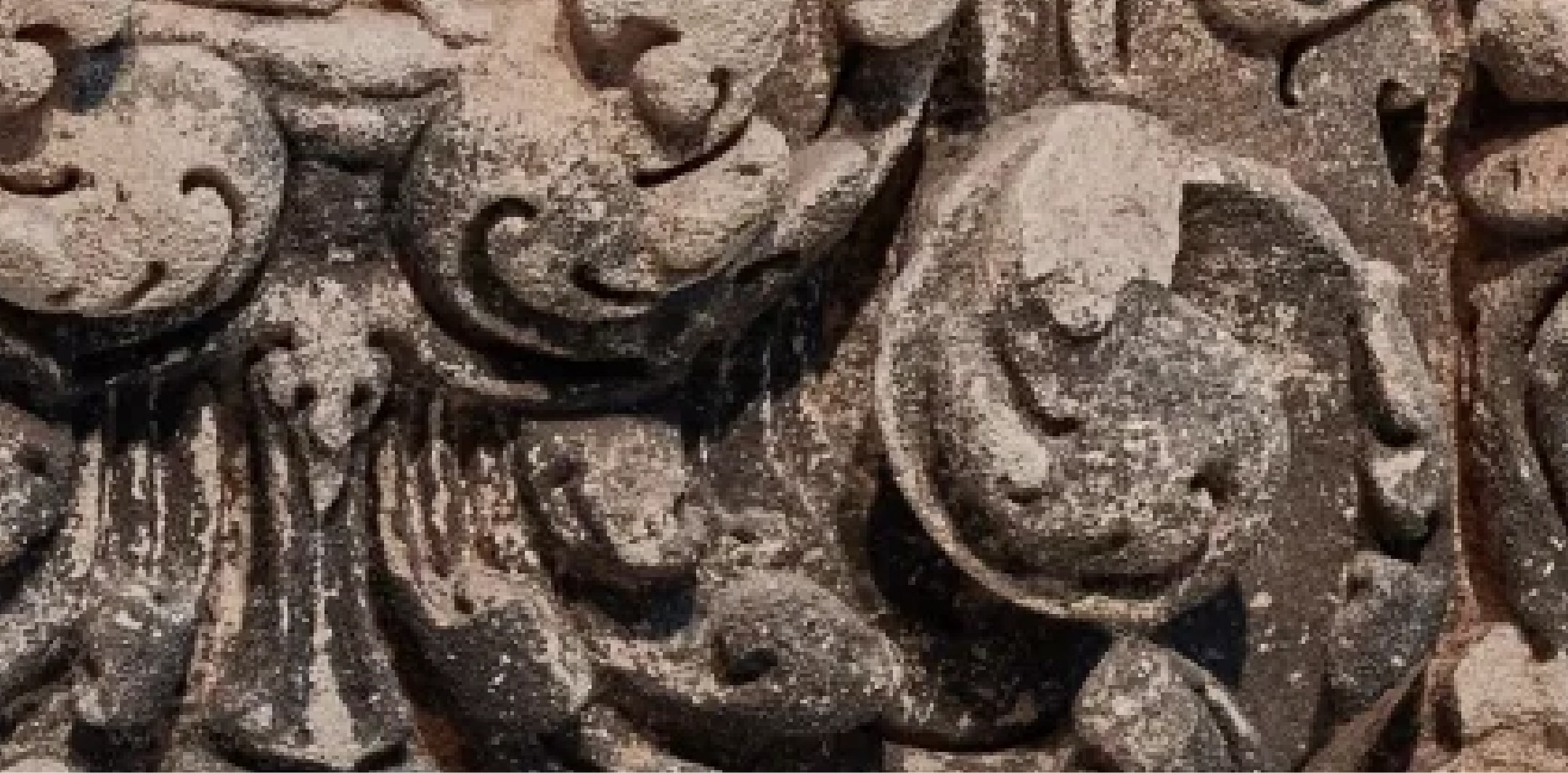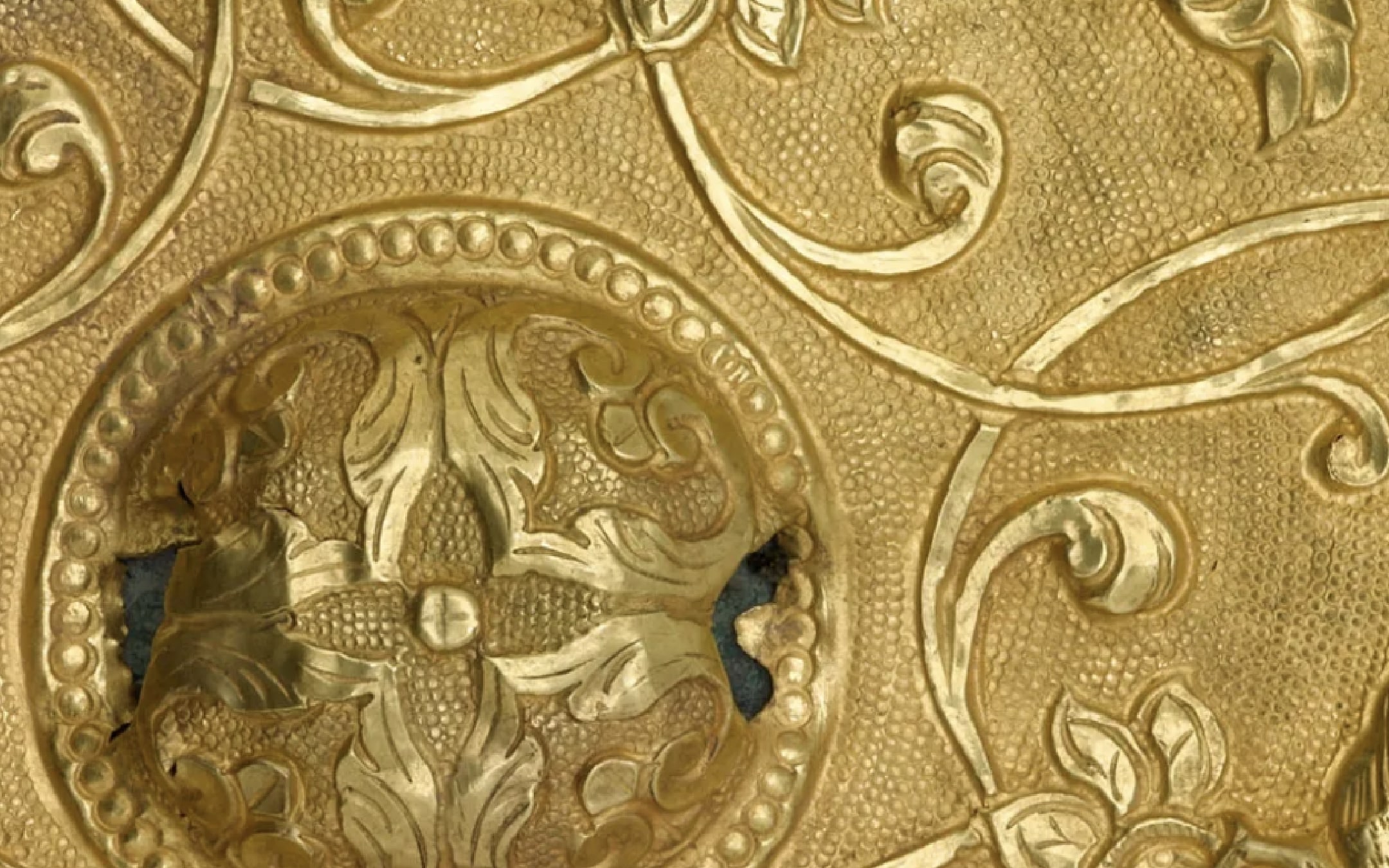Amulet of the goddess Taweret

Terms of Use
Usage Conditions ApplyAt A Glance
-
Period
ca. 1075-656 BCE -
Geography
Egypt -
Material
Faience (glazed composition) -
Dimension
H x W x D: 6 x 2 x 2.4 cm (2 3/8 x 13/16 x 15/16 in) -
Accession Number
F1907.21 -
EDAN ID
edanmdm:fsg_F1907.21
Object Details
-
Label
Small amulets of faience, stone, ceramic, metal, or glass, were common possessions in ancient Egypt. They were most often fashioned in the form of gods and goddesses or of animals sacred to those deities. Amulets gave their owners magical protection from a wide variety of ills and evil forces, including sickness, infertility, and death in childbirth. They were often provided with loops so they could be strung and worn like a necklace. Some amulets were made to place on the body of the deceased in order to protect the soul in the hereafter.Taweret, the hippopotamus goddess, was the goddess of women and children and, most importantly, of the moment of childbirth. With her rounded belly and pendulous breasts indicating a pregnant female, Taweret was associated most specifically with childbirth, and she was often depicted watching over the birthing bed. Taweret amulets would have been worn during life by women and children. In the tomb, they were placed on the body of the deceased as a symbol of rebirth. -
Provenance
To 1906-1907Unidentified owner, Egypt, to 1906-1907 [1]From 1906-1907 to 1919Charles Lang Freer (1854-1919), purchased in Egypt from an unidentified owner in the winter of 1906-1907 [2]From 1920Freer Gallery of Art, gift of Charles Lang Freer in 1920 [3]Notes:[1] See Original Pottery List, L. 1841, Freer Gallery of Art and Arthur M. Sackler Gallery Archives.[2] See note 1.[3] The original deed of Charles Lang Freer's gift was signed in 1906. The collection was received in 1920 upon the completion of the Freer Gallery. -
Collection
Freer Gallery of Art Collection -
Exhibition History
A Collector’s Eye: Freer in Egypt (January 28, 2023 to 2025)Charles Lang Freer and Egypt (June 13, 1998 to October 2, 2011)Art of Dynastic Egypt (December 15, 1976 to September 22, 1977) -
Previous custodian or owner
Charles Lang Freer (1854-1919) -
Origin
Egypt -
Credit Line
Gift of Charles Lang Freer -
Type
Jewelry and Ornament -
On View
Freer Gallery 20: A Collector’s Eye: Freer in Egypt -
Restrictions and Rights
Usage Conditions Apply
There are restrictions for re-using this media. For more information, visit the Smithsonian's Terms of Use page.
The information presented on this website may be revised and updated at any time as ongoing research progresses or as otherwise warranted. Pending any such revisions and updates, information on this site may be incomplete or inaccurate or may contain typographical errors. Neither the Smithsonian nor its regents, officers, employees, or agents make any representations about the accuracy, reliability, completeness, or timeliness of the information on the site. Use this site and the information provided on it subject to your own judgment. The National Museum of Asian Art welcomes information that would augment or clarify the ownership history of objects in their collections.
Keep Exploring
-
Related Resources
-
Date
-
Name
-
Place
-
Topic
-
Culture
-
Object Type
-
On View

